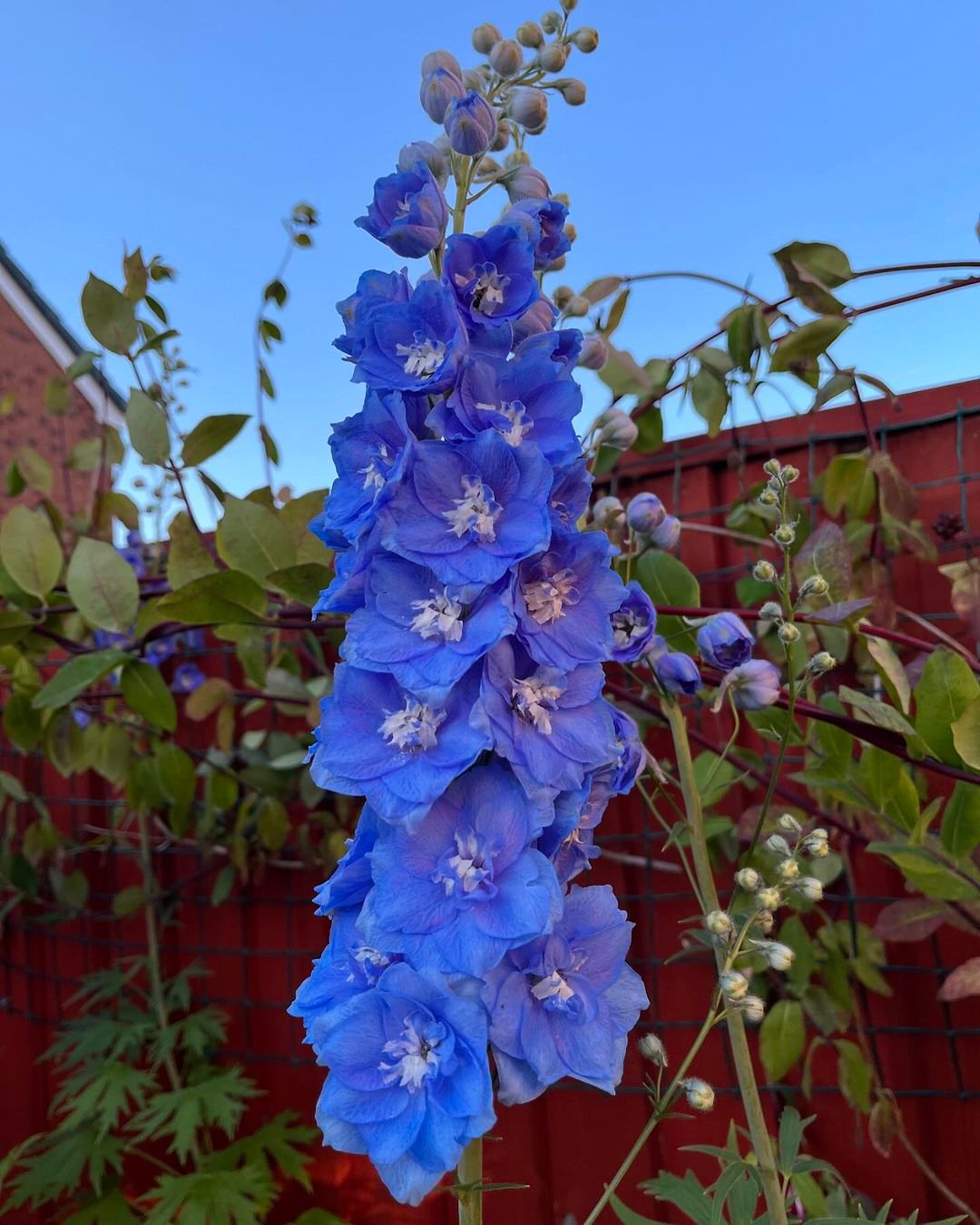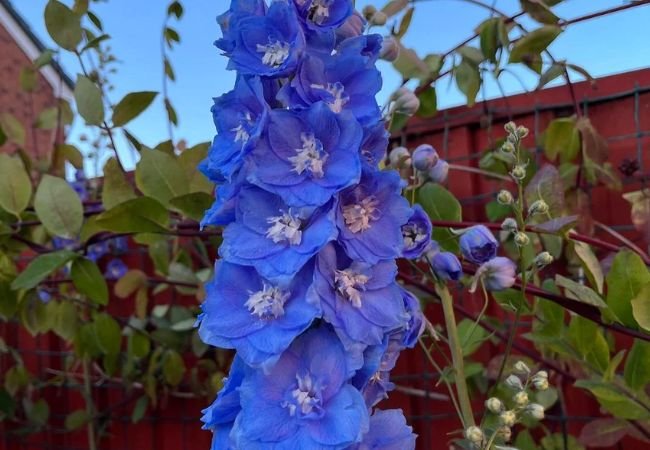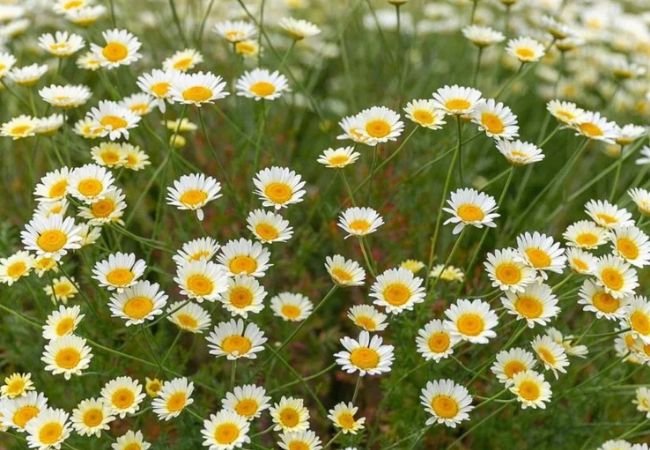Learn all about the beautiful Delphinium flower, from its care and growing tips to its meanings and uses. Discover why this stunning bloom is a favorite in gardens across the USA.
Delphinium are tall, eye-catching flowers that add beauty to any garden. They come in many shades of blue, purple, pink and white. These flowers are popular in the USA, especially in cooler areas. Let’s learn more about these lovely plants.
Here’s the information about Delphiniums in a chart format:
| Aspect | Details |
|---|---|
| Botanical Name | Delphinium spp. |
| Common Name | Delphinium |
| Plant Zone | USDA zones 3-7 |
| Sun Exposure | Full sun to part shade |
| Soil Type | Rich, well-drained soil |
| Watering Needs | Moderate |
| Growth Habit | Herbaceous perennial |
| Height/Spread | Height: 2-6 feet Spread: 1-2 feet |
| Special Features | Tall spikes of colorful flowers, attracts pollinators, deer resistant |
What Are Delphiniums?

Delphiniums are part of the buttercup family. They’re known for their tall spikes of flowers. The name “delphinium” comes from the Greek word for “dolphin,” as the flower buds look a bit like dolphins. For more on plant taxonomy, visit the USDA’s Natural Resources Conservation Service.
Types of Delphiniums
There are many types of delphiniums. Some common ones are:
- Pacific Giant: Very tall with big flowers
- Belladonna: Shorter with looser flower spikes
- Chinese Delphinium: Shorter and good for small gardens
To explore more delphinium varieties, check the National Plant Germplasm System database.
Growing Delphiniums
Delphiniums can be tricky to grow, but with the right care, they’ll thrive in your garden. The National Gardening Association offers valuable tips for cultivating these beautiful flowers.
Soil and Sun
- They like rich, well-drained soil
- They need full sun, but some shade in very hot areas
- Add compost to the soil before planting
For soil testing advice, consult your local Cooperative Extension Office.
Planting and Care
- Plant in spring or fall
- Space plants about 2 feet apart
- Water regularly, especially when it’s dry
- Use stakes to support tall varieties
Learn more about proper watering techniques from the EPA’s WaterSense program.
Pests and Problems
Delphiniums can face some issues:
- Slugs and snails love to eat them
- They can get diseases like powdery mildew
- Strong winds can damage tall stems
For pest management strategies, visit the USDA’s Integrated Pest Management page.
Uses of Delphiniums
- Garden Beauty: They’re great for the back of flower beds
- Cut Flowers: They look lovely in vases
- Attracting Pollinators: Bees and butterflies love them
Learn about the importance of pollinators from the U.S. Forest Service.
Delphinium Meanings
Delphiniums have different meanings:
- Blue delphiniums mean dignity and grace
- Pink ones symbolize romance
- White delphiniums represent youth and renewal
Explore more flower symbolism in art at the Smithsonian American Art Museum.
Growing Delphiniums in Different US Regions
- Northeast: They do well in the cool summers
- Midwest: Plant in areas protected from strong winds
- South: Grow as annuals or in partial shade
- West: They thrive in coastal areas with mild summers
For region-specific gardening advice, consult the USDA’s Plant Hardiness Zone Map.
Delphiniums are beautiful flowers that can bring joy to any garden. With the right care, you can enjoy their tall, colorful blooms year after year. Whether you’re a new gardener or an expert, delphiniums are worth trying in your outdoor space.
For more gardening resources, visit the National Agricultural Library’s Gardening Information page.
Remember, gardening is about learning and having fun. Don’t worry if your delphiniums aren’t perfect at first. Keep trying and you’ll soon have a garden full of these stunning flowers.
For more gardening tips and plant care guides, visit usagardenhub.com.





